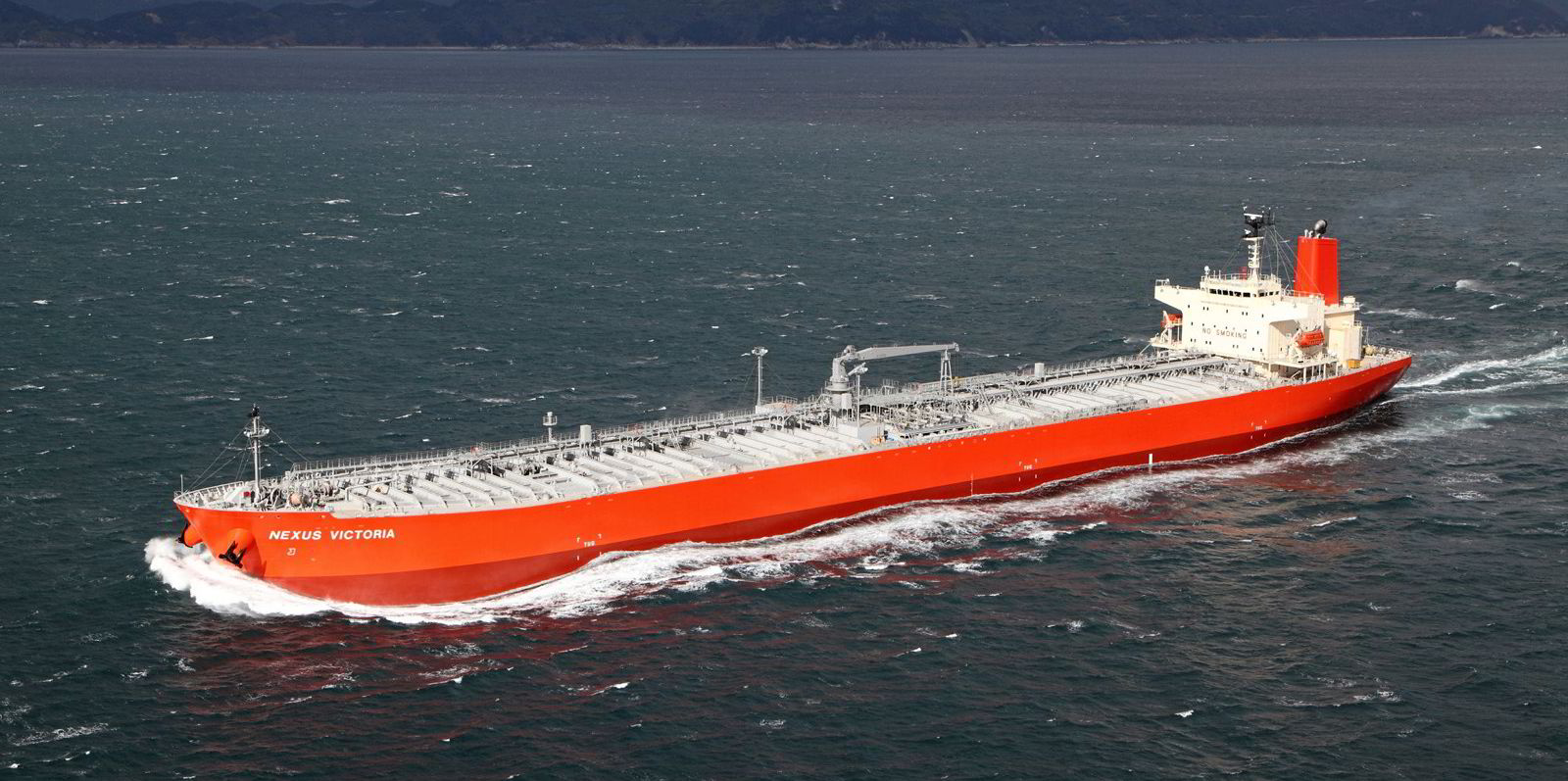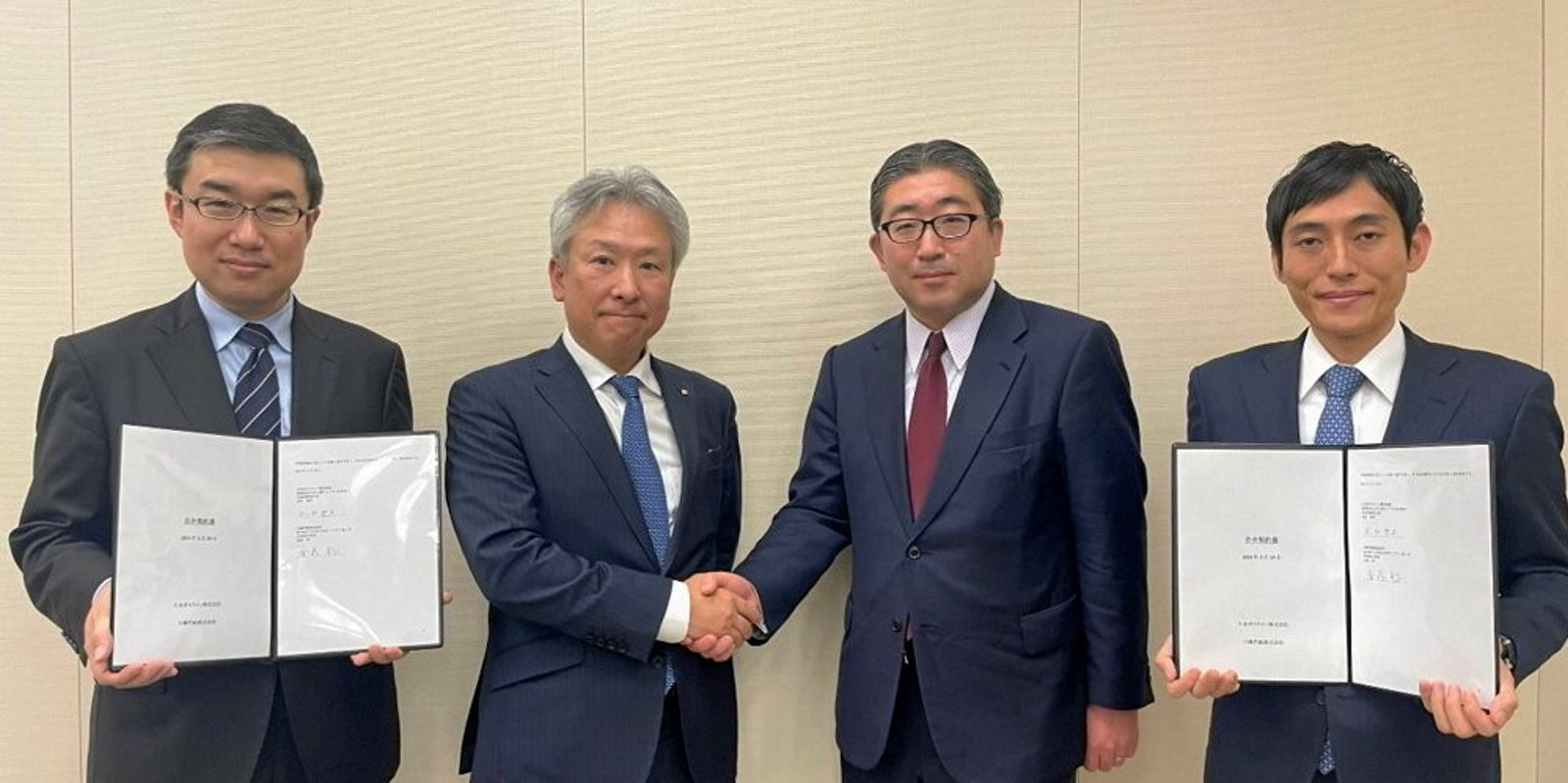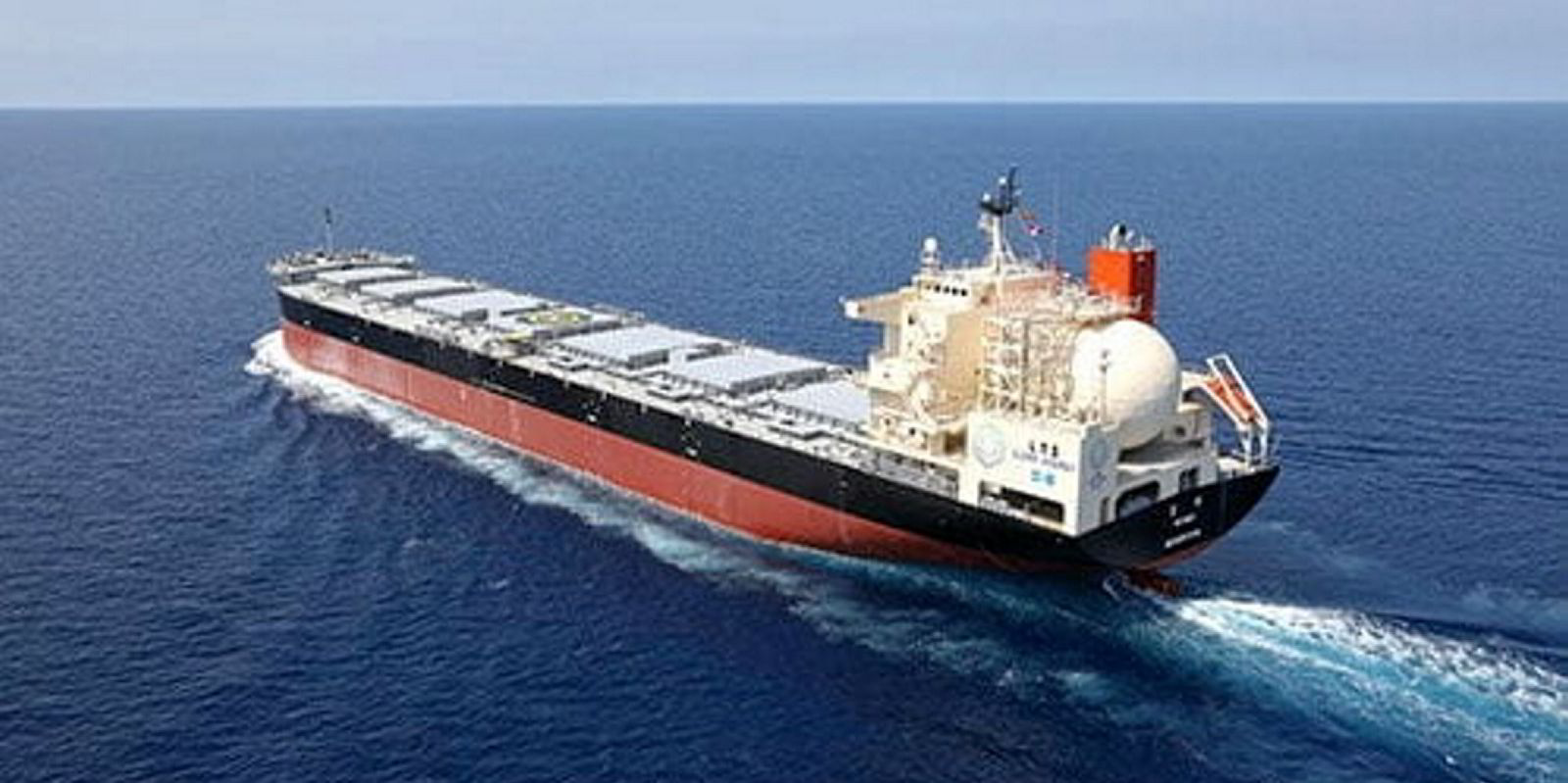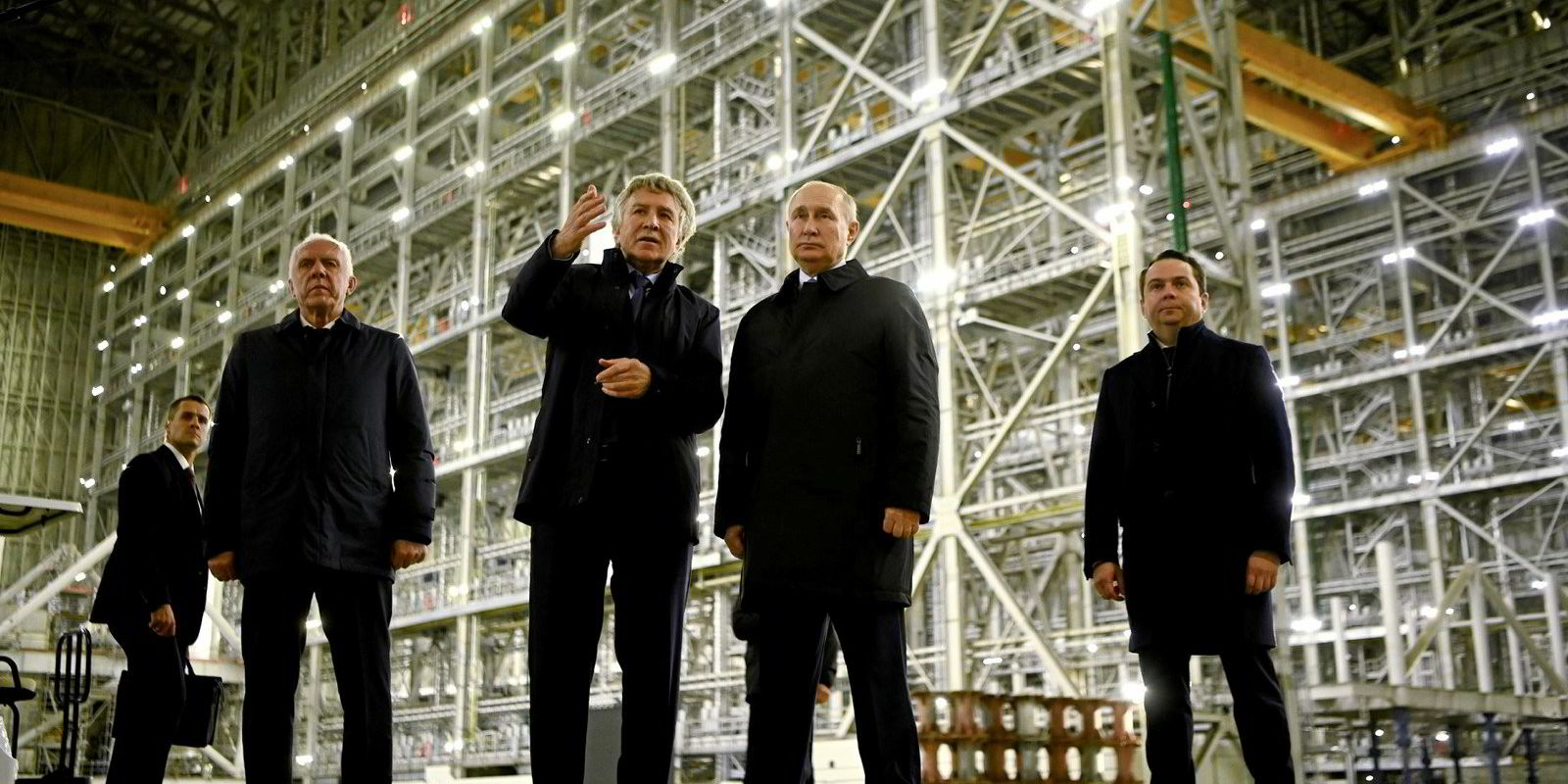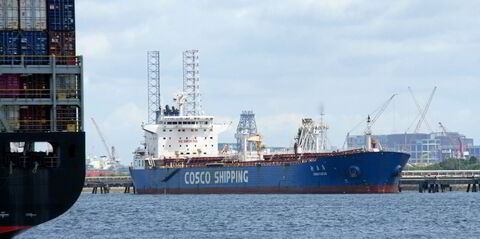Mitsui OSK Lines is to install a carbon capture system on board one of its tankers.
The 74,910-dwt Nexus Victoria (built 2015) will have the technology fitted later this year.
The system manufacturer is Dutch maritime cleantech firm Value Maritime. The contract is for a 15 MW exhaust gas cleaning system which will remove SOx emissions from the exhaust as well as a carbon capture unit that should be able to capture 10% of the vessel’s CO2 emissions.
The contract marks the largest vessel for Value Maritime.
“Hopefully this is the first of many Japanese clients that we can support in achieving decarbonisation initiatives,” Value Maritime commercial manager Laurens Visser said.
“Working with one of the world’s most reputable shipowners keeps us motivated. It challenges us to stay ahead and continue to provide the best and simplest emission-reducing solutions to the shipping industry.”
Value Maritime’s carbon capture system works by spraying an amine-based solution through the engine exhaust.
This locks in CO2 and the loaded solution is then stored until it can be discharged ashore.
Therefore the LR1 tanker will need an amine tank installed as well as the Value Maritime scrubber systems.
Once the amine tank is full of saturated amine it needs to be emptied and replaced with fresh solution to enable additional CO2 to be captured.
MOL and Value Maritime say the plan is to capture 10% of the vessels CO2 emissions but the proposed system can be scaled up to achieve 30%.
Shipowners tell TradeWinds they are increasingly interested in using onboard carbon capture, especially with young modern tonnage. However, they have reservations due to the uncertainty of offloading and accounting of the captured CO2.
Value Maritime has begin a secondary business, Value Carbon, to try to address this issue.
Value Group founder and director Christiaan Nijst said: “Offering clients end-to-end solutions is the only way we can reach industry decarbonisation goals.
“We focus specifically on locations where captured carbon is best handled, like bunkering ports, and always look for the most energy-efficient way to utilise the carbon at the lowest cost per tonne.”
Value Group’s other contracts include logistics chains for offloading amine tanks from client vessels in the Netherland and selling CO2 to the country’s agricultural industry.
Regulators at the International Maritime Organization are still considering how to account for CO2 captured using onboard technology, as this is not yet covered in emissions regulations such as the Carbon Intensity Indicator or the Energy Efficiency Existing Ship Index.
